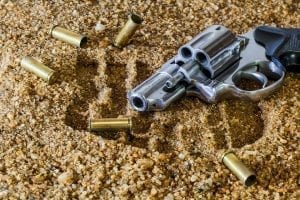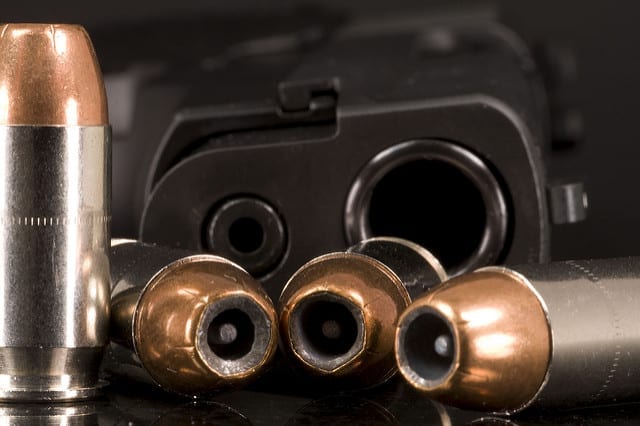A Wall Street Journal investigation suggests that small, inexpensive handguns may not be safe for everyday use.
Heading its story, the WSJ spoke to 34-year old teacher Travis Barthel.
Barthel, a South Dakota native, regularly carried a pistol made by Utah Inc.’s Cobra Enterprises. As the owner of about 20 other guns, Barthel thought he could trust his Cobra firearm’s internal safety mechanisms.
But when he left his pistol in a coat pocket, the weapon discharged when he set it down. The bullet hit him in the stomach, severing an artery, piercing his spleen and breaking several ribs. The WSJ says it took two surgeries and 11 pints of blood to save Barthel’s life.
While Cobra maintains its handguns are safe to use when handled properly, Barthel disagrees.
“A gun should never fire unless the trigger is pulled,” he said, explaining that he bought the $200 handgun for self-defense and dispatching “nuisance animals” on his rural property.
According to the Wall Street Journal, the number of Americans with concealed-carry permits has ‘soared.’ The number of CCPs has increased to 17.2 million in the past year—a four-fold increase in less than a decade.
The uptick in concealed-carry permits—along with a dozen state’s decision to allow concealed carry without certification—has boosted sales for companies like Cobra, which sell cheap, readily hidden weapons. Some of Cobra’s handguns retail for as little as $100, making them an attractive option for buyers on a budget.
Cobra’s been sued at least 15 times in the last ten years. The WSJ recounts cases like that of a Louisiana woman who, in 2016, was shot in the leg after dropping a purse with a Cobra derringer inside. And in 2014, an Alabama man died after his pistol accidentally discharged.

The company’s lawyers have declined most requests for comment, simply saying their products are safe for use—they’ve laid the blame for a accidental death and injury on the individual owners of Cobra firearms.
“If the operator follows the instructions in the manual, it is not hazardous to the operator,” attorneys wrote in response to Barthel’s still-ongoing litigation.
In Cobra’s owners’ manuals, it warns against carrying loaded derringers and recommends operators always keep the manual safety on: “DO NOT carry a loaded gun with a live round in the chamber while walking, or climbing or anywhere you might slip and fall, dropping the gun. A gun that is dropped, bumped or jarred with a live round in the chamber might accidentally discharge even with the safety on causing injury to you or someone else.”
While the U.S. government doesn’t regulate how most firearm manufacturers design their weapons, most gun companies do include ‘passive safety mechanisms’ that stop them from shooting when dropped or jarred.
“You can throw ‘em across the rom loaded,” Even Thompson, a veteran firearm and toolmark examiner, told the Wall Street Journal.
Other experts have opined that staying safe around guns is the responsibility of owners. “There’s no hidden secret about these derringers,” said Rick Vasquez, a firearms consultant and former ATF officer. “It tells you how to carry it; it tells you it can fire.”
Nevertheless, some of Cobra’s alleged victims say products that don’t align with modern safety expectations shouldn’t be on the market.


Join the conversation!